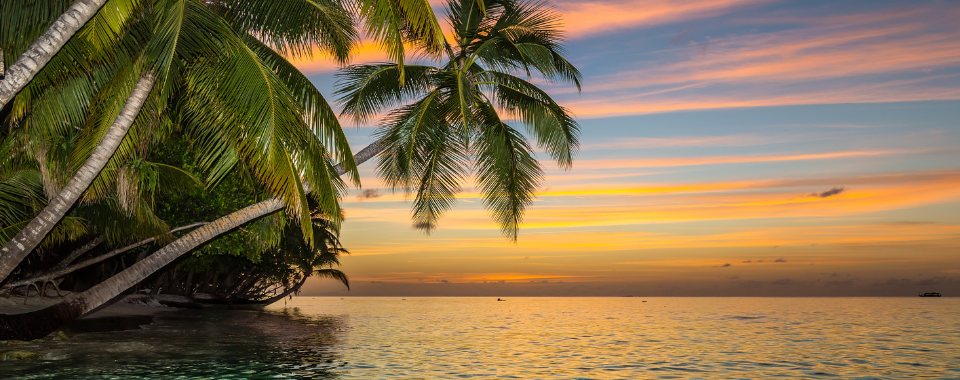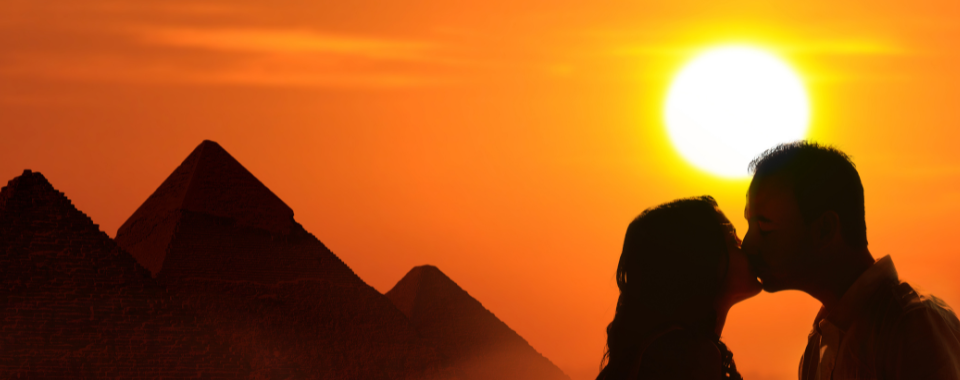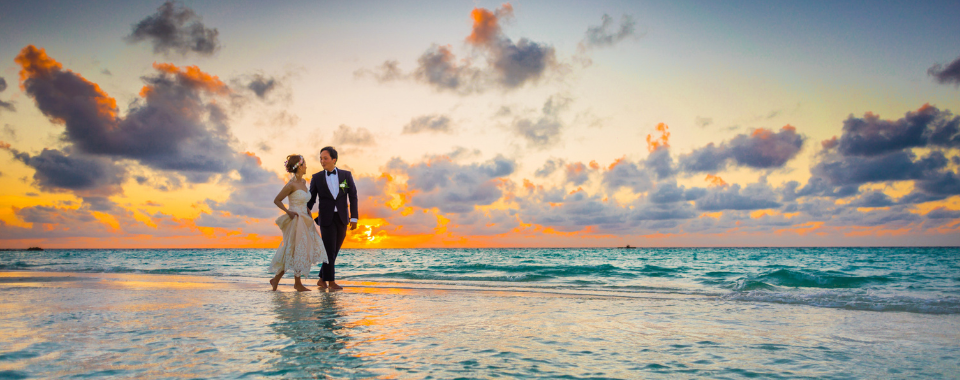From the bustling metropolis of Bangkok to the tranquil northern hills of Chiang Mai, Thailand is a nation that reverberates with the echoes of its ancient past. The country’s historical buildings are not just architectural wonders; they are living testaments to the rich and diverse legacy of this vibrant land. For history enthusiasts, a pilgrimage to Thailand’s most renowned historical buildings is akin to stepping back in time, where the stories of emperors, deities, and civilizations are etched into every stone.
In this detailed exploration, we will chart a course through the top 5 most visited historical buildings in Thailand, each a jewel in the country’s historical crown. Get ready to uncover the allure of Thailand’s rich historical past as we journey from the opulent palaces of monarchs to the serene sanctuaries of Buddhism.
Unveiling Thailand’s Rich Cultural Tapestry
Before we step into the resplendent realm of Thailand’s historical buildings, it’s important to understand the cultural tapestry that forms the backdrop of these majestic edifices. Thailand, formerly known as Siam, boasts a history that spans over a millennium, marked by the rise and fall of empires, encounters with great powers, and the unyielding influence of Theravada Buddhism.
The country’s architecture, a fascinating blend of indigenous, Khmer, and Chinese styles, is a reflection of this history, offering a glimpse into the cultural melting pot that has shaped the nation. Thai historical buildings stand as symbols of power, piety, and artistic excellence, resonating with visitors for their grandeur and timeless beauty.
The Grandeur of The Grand Palace
The Grand Palace in the heart of Bangkok is not just one of Thailand’s most visited historical buildings, it is the epitome of splendor and architectural finesse. What began as a modest royal residence in 1782 has since expanded into a sprawling complex spanning 218,400 square meters. The Palace is a spectacle of ornate halls, pavilions, and an eclectic array of architectural styles.
At its core lies the Wat Phra Kaew, the Temple of the Emerald Buddha, home to the venerated statue that is a symbol of Thai kingship. The Grand Palace encapsulates centuries of Siamese and Thai history, and every corner tells a story of royal customs and cultural traditions. Visitors are enchanted by the mosaic of colors and intricate details that adorn the buildings, making this site an indispensable stop for those exploring Thailand’s history.
Doi Suthep: A Temple in the Clouds
Perched atop a mountain, 15 kilometers northwest of Chiang Mai, is the sacred site of Wat Phra That Doi Suthep. The temple’s origins are traced to a holy relic believed to have miraculous powers, hidden on the back of a sacred white elephant that roamed the mountains. A visit to this historical gem begins with a majestic staircase flanked by serpents, leading to the temple’s golden spire and expansive terrace.
The views over the city of Chiang Mai are awe-inspiring, and the serenity within the temple walls offers a respite from the urban bustle below. The site’s natural and spiritual elements converge to create an experience that is as mystical as it is moving. For history enthusiasts, Wat Phra That Doi Suthep stands as a bastion of pristine Lanna architecture, a testament to the kingdom’s spiritual foundation.
Echoes of Empires: Ayutthaya Historical Park
A short drive from modern-day Bangkok lies the vestiges of Ayutthaya, the second Siamese capital after Sukhothai. The Ayutthaya Historical Park, a UNESCO World Heritage Site, is a veritable feast for the senses, with its impressive remnants of temples and palaces that once formed the thriving Ayutthaya Kingdom. The park’s Historical City reflects the ingenuity of the Ayutthaya period, featuring distinctive prang spires and the iconic Buddha head entwined in tree roots.
The ruins offer a poignant reminder of the kingdom’s fall in 1767, when the Burmese razed the city, leaving behind these haunting yet picturesque remains. Exploring Ayutthaya’s temples, one can almost hear the whispers of its bygone rulers and the vibrant life that once teemed within its walls. For history enthusiasts, the Ayutthaya Historical Park is an archaeological treasure trove that offers a window into a forgotten world.
The Majesty of Angkor Beyond Borders
The Phimai Historical Park, located in Nakhon Ratchasima, is home to one of the most important Khmer temples in Thailand. The temple’s design and layout are reminiscent of the grandeur of Angkor, a testament to the architecture that once linked the empires of Southeast Asia. Phimai’s imposing sandstone walls and intricate carvings stand as a tribute to the Khmer craft and religious devotion.
The temple’s alignment with the celestial plane adds another layer of mystique, speaking to the complexities of Khmer cosmology. Visiting Phimai is a unique opportunity to witness the Khmer influence that permeated the region, offering insights into the interconnected history of Thailand and Cambodia. The park’s scenic charm and historical significance make it a must-visit for those intrigued by the Khmer legacy.
The Legacy of The First Kingdom: Sukhothai Historical Park
The Sukhothai Historical Park, situated in the heart of Thailand, is a living museum of a bygone era. The park, which encompasses the ruins of the former capital of Sukhothai, is celebrated for its serene Buddha statues and harmonious city layout. The kingdom of Sukhothai, “dawn of happiness,” marked the transition from the Khmer to the Thai civilization and is considered the birthplace of Thai art and culture.
Exploring Sukhothai’s historical buildings, such as Wat Mahathat and Wat Si Chum, transports visitors to a time of relative peace and creative blossoming. The park’s central pond and lotus-shaped Buddha images convey the kingdom’s reverence for nature and belief in the dignity of humanity. Sukhothai’s contribution to Thai identity and culture cannot be overstated, and for history aficionados, visiting this park is akin to paying homage to Thailand’s cultural roots.
Visitor’s Guide to Thailand’s Historical Gems
When visiting Thailand’s historical buildings, it’s important to approach these sites with respect for their cultural significance. Observing local customs and dress codes, which often involve modest attire and the removal of footwear, is crucial. Engaging with the history through local tour guides or informative materials can enrich the experience and provide deeper insights.
Plan your visit during off-peak hours to avoid crowds and consider hiring a guide for a more comprehensive tour. Most historical sites have nominal entry fees, which contribute to their preservation and upkeep. Lastly, take the time to wander and make personal connections with the structures; the sense of wonder and historical resonance that echo through these buildings is an experience not to be missed.










